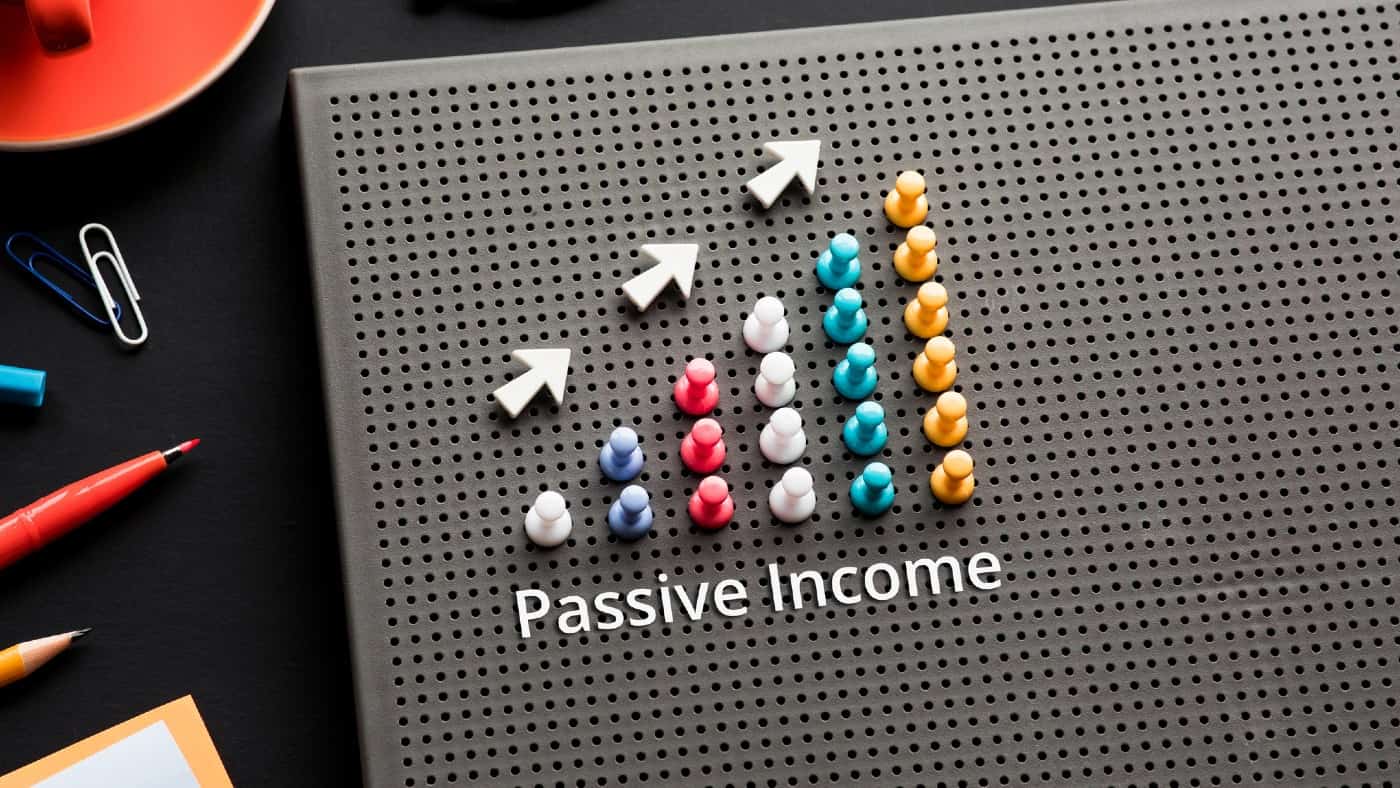Passive income might sound too good to be true. It’s almost money for doing nothing. And if something sounds too good to be true, it usually is. But earning passive income is definitely possible. It’s just, I need to take some investing risk so that I can begin earning the income. One of the best ways I’ve discovered over the years is by investing in companies that pay dividends.
So with this in mind, here’s how I’m building passive income starting with £10 a week.
1. Starting early and sticking with my plan
Now, £10 a week isn’t a whole lot to begin with. This is why I’ve had to be consistent with my investing plan. To do this, I set up a direct debit into my share-dealing account. It means I don’t even have to think about contributing to my account on a week-by-week basis.
This brings me to my share-dealing account. The Motley Fool UK has a handy comparison of various different accounts I can choose from to start my investing journey.
Something to keep in mind is the fees that the share-dealing accounts charge. Some also charge fees for buying shares, which I’d have to take into account in my investing plan.
But once I’ve built up a pot of around £100, I can start buying dividend shares.
2. Finding dividend stocks
Buying shares in companies that pay dividends is my preferred method of generating passive income. It’s important that I avoid the common mistakes that some investors make when finding these companies, though. For example, simply choosing stocks with the highest dividend yields is generally a recipe for disaster.
This happened at Evraz recently. The company paid a healthy dividend last year, and the yield was in the double digits. But since then, Evraz has been impacted by sanctions imposed by the UK government due to its ties with Russia. Unfortunately for current investors, the dividend was very quickly cancelled after the sanctions were announced. The shares were also subsequently suspended so investors cannot even sell their holdings currently.
Today, I own shares of Rio Tinto and Aviva. Both companies have dividend yield forecasts over 7% for this year. Plus, they operate in different sectors so I’m be diversified.
The most important thing I keep in mind is the balance between risk and reward. So long as I fully understand the risks of the company, I can decide if the dividend yield is high enough to compensate for taking the investment risk.
3. Consistency and passive income
With my direct debit set up, and my research done, I can start buying dividend shares when I get to around £100 in my share-dealing account. I would follow this pattern for a number of months, and then switch to buying another company to make sure my portfolio became diversified.
£10 a week isn’t a lot, but it’s a good start. Over one year I’d make £36.40 in passive income if my dividend yield was 7%. What I’ve done over the years is increase my £10 a week. My plan stays the same, but being able to invest more over time can really boost the passive income I can earn.
